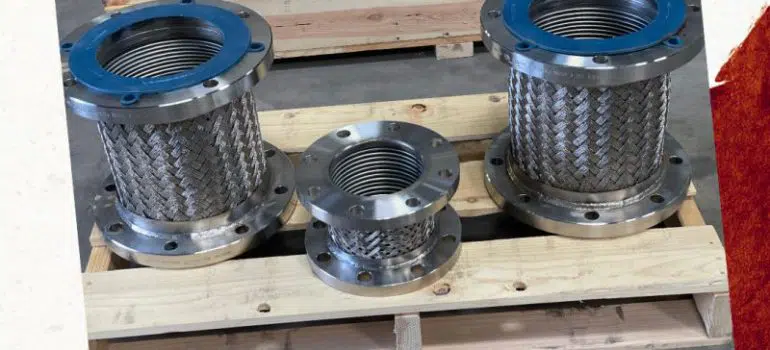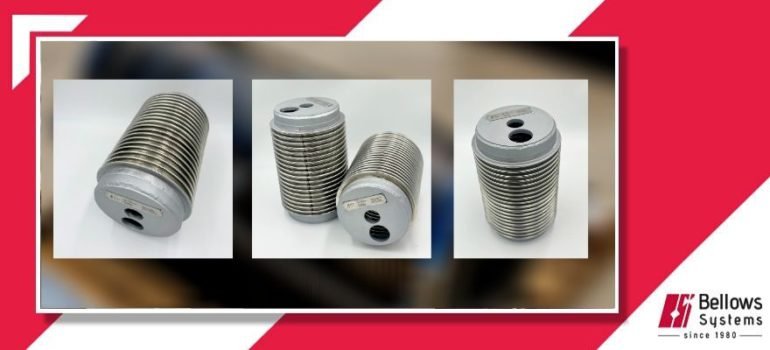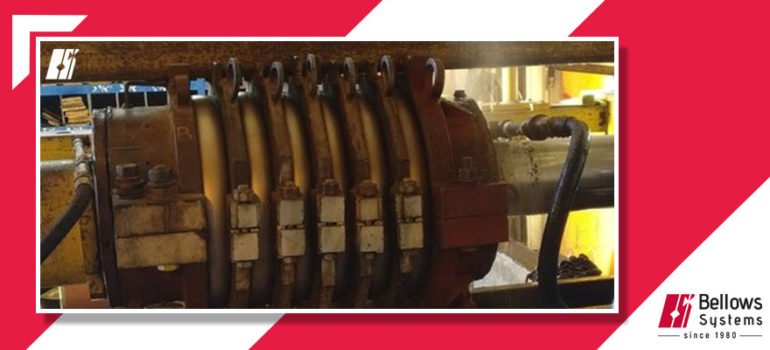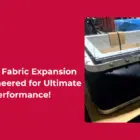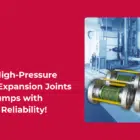Bellows Systems Delivers High-Performance Metal Bellows for Aerospace Sealing Application
At Bellows Systems, we take pride in designing and manufacturing high-quality metal bellows and expansion joints for a wide range of industries. Recently, we delivered a batch of metal bellows that were specifically designed for aerospace sealing application.
Our metal seal bellows are used in both static and dynamic sealing applications, and they are capable of withstanding operating pressures and temperatures that are beyond the capability of standard elastomeric seals. We can manufacture seal bellows in standard round, oval, and rectangular profiles. The standard material of construction can be stainless steels, high nickel alloys, copper alloys, titanium, and other metal alloys depending on the application.
For this project, our design team customized the design of the bellows to meet the specific needs of the space industry customer. We considered key factors such as the seal bellows spring rate, overall stiffness, and high-temperature resistance to ensure that our metal bellows would perform optimally in the challenging environment of aerospace sealing applications.
Our metal seal bellows are designed to provide superior performance and reliability under challenging service conditions ranging full vacuum and cryogenic temperatures to high pressure and temperatures.
At Bellows Systems, we are committed to delivering high-quality metal bellows and expansion joints that meet the needs of our customers. Whether you need standard or customized solutions, our team of bellows and expansion joint experts are ready to work with you to design and manufacture the perfect product for your application.
If you have any questions or would like to learn more about our metal bellows and expansion joints, please don’t hesitate to contact us.
We look forward to hearing from you!

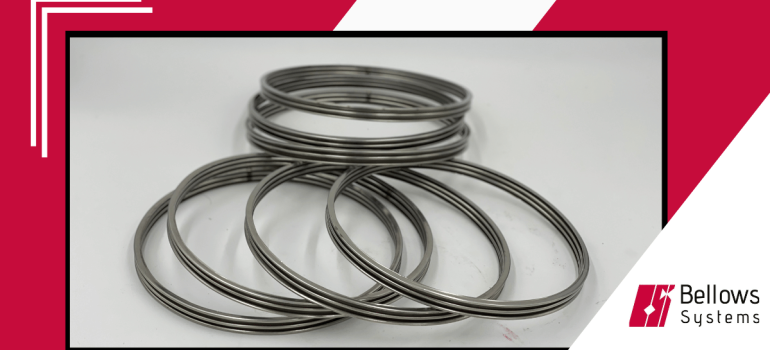

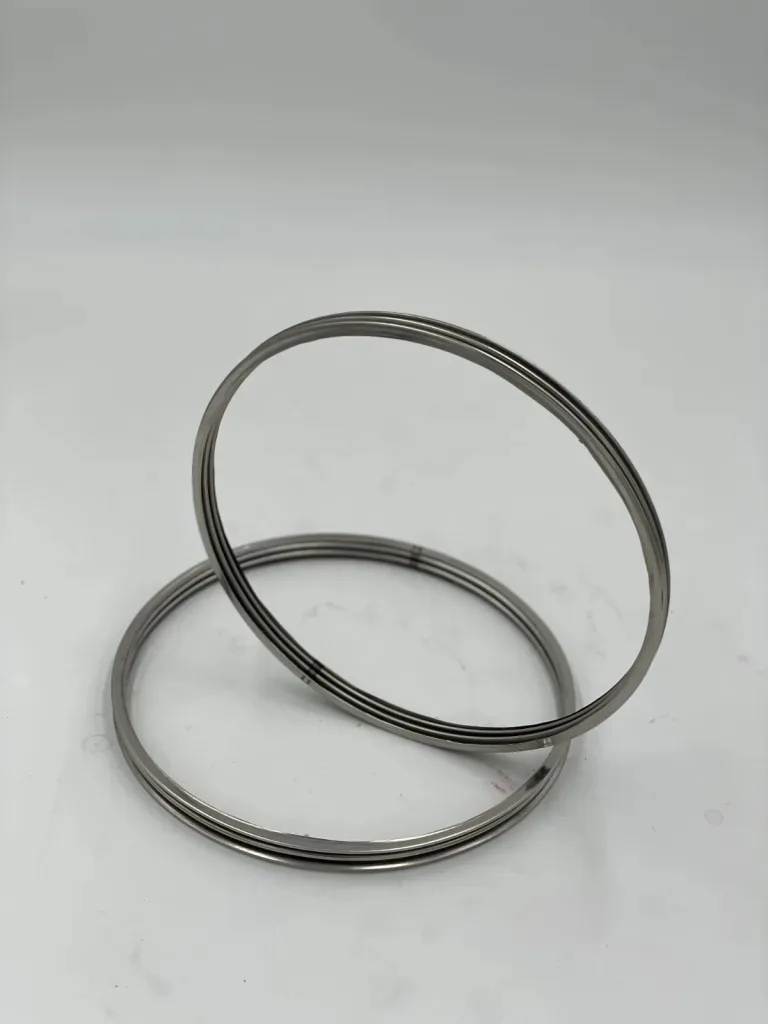
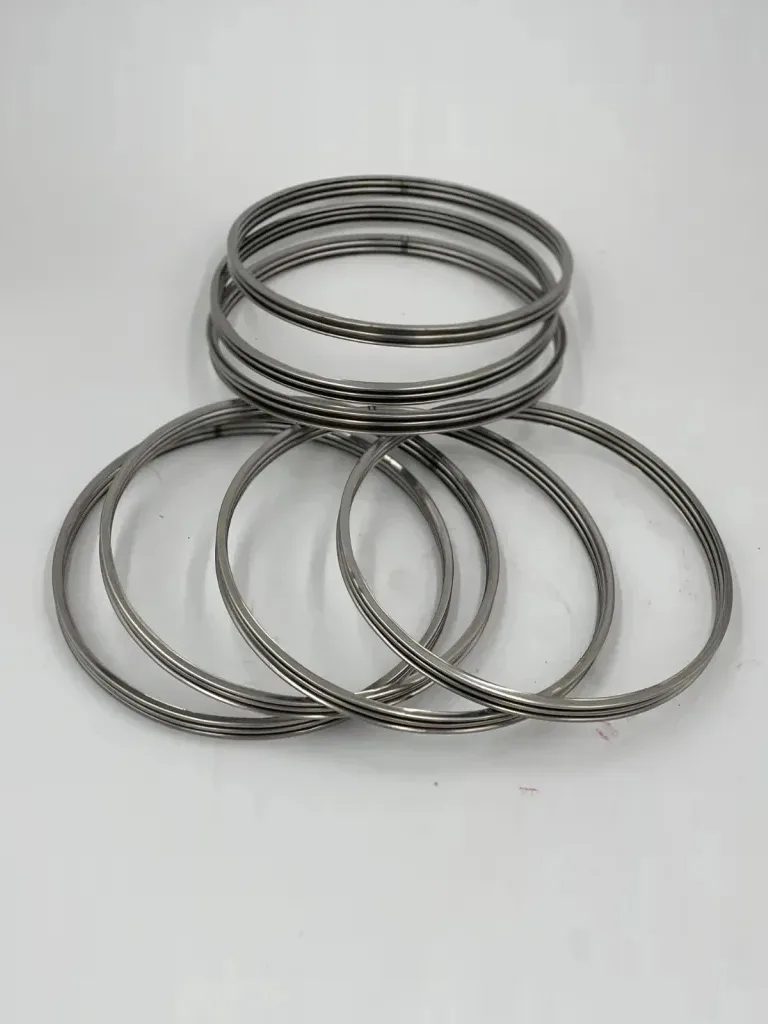
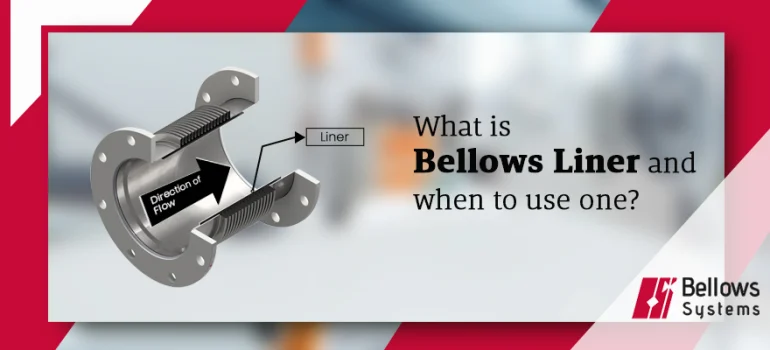
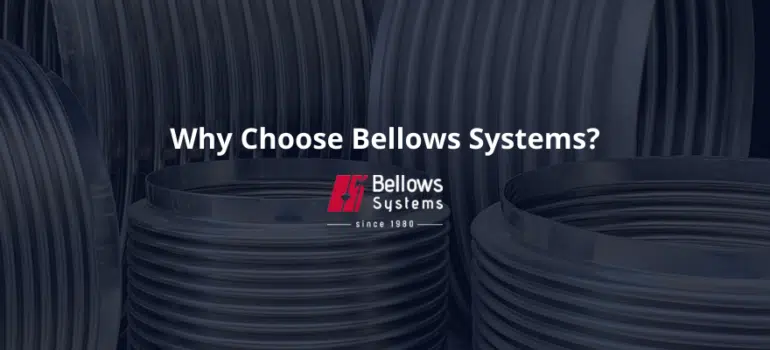
 Bellows Systems is a single source for industry’s most complete line of
Bellows Systems is a single source for industry’s most complete line of 